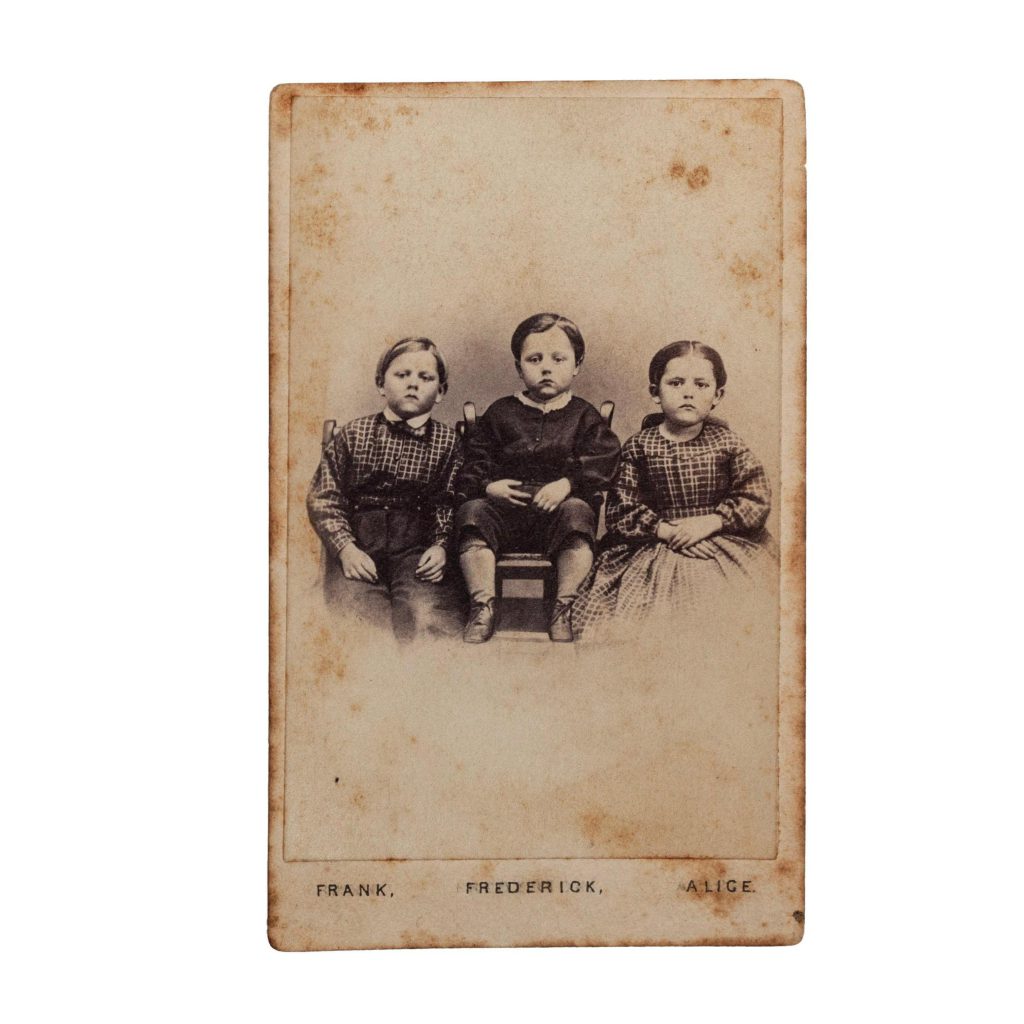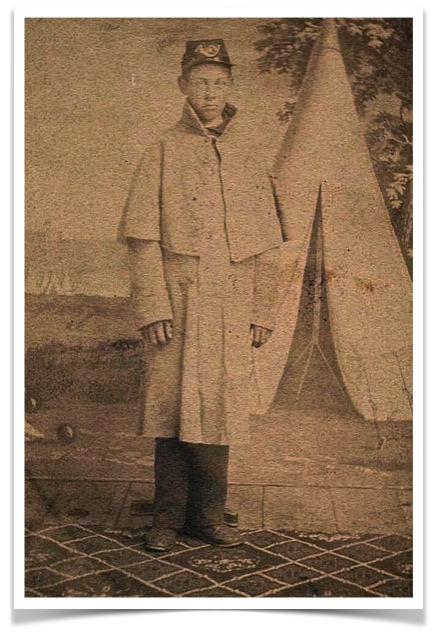The Humanity of the Battle of Gettysburg in Primary Sources
The Humanity of the Battle of Gettysburg in Primary Sources
As a professional or amateur researcher, the best information you can find about a historical topic will come from primary sources. Depending on the event, that can be difficult to track down. Those first hand accounts written as letters home to a wife or mother, a photograph taken of the aftermath, or a simple clothing return, all serve to show that the Civil War was more than just statistics–they show the humanity of the Battle of Gettysburg and the entire conflict. As we remember and honor the sacrifices made during the Battle of Gettysburg this week in 1863, I thought it would be fitting to share just some of the available information on the battle on the Research Arsenal database.
Photographs
A search of the term “Gettysburg” within the photographic library on the Research Arsenal database will yield 199 search results. Several of these are the well-known photographs of the dead on the battlefield, but many others are portraits of various soldiers who fought in the battle or were part of that campaign. This makes it much easier to find photographs of soldiers who fought in the battle because they can be searched for through a single keyword, rather than looking up each regiment individually.
You will also find various photographs of the town, and the battlefield many years after the battle as monuments began to be added to commemorate each regiment. One particular photo that stands out is the “Children of the Battlefield.”

Letters
Searching for the term “Gettysburg” in our Letters Library will yield over 1600 results. These will include letters and diaries of soldiers who are somehow connected to the Battle of Gettysburg, although the content may not reference the battle directly. Still, these letters and entries offer a glimpse into the human side of the battle. They were not just numbers on a casualty list or names on a regimental roster—these were people, human beings, with families, loved ones, hopes and dreams. Reading these letters offers modern-day people a chance to connect with the past on a very relatable level.
For those looking for a more direct connection to the battle itself, you can filter the letters by location and select all of the boxes relating to Gettysburg sites. This will yield 13 letters and diaries written from the town. Eight of these are written in July 1863. Lucian Wells Hubbard offers a glimpse into the monumental battle from the perspective of a young drummer boy of the 14th Connecticut Infantry in a letter to his mother on July 3, 1863:
“We are having a terrible battle here now. It is raging terrible. Our regiment is being all cut to pieces. This morning they were ordered (four companies) to charge a barn [the “Bliss Barn”] that was occupied by the rebels. They done it. Not a man faltered and they succeeded in reaching the barn. Out of the four companies, two lieutenants ¹ were wounded and about ten privates. Pretty soon the Brigadier [General Alexander Hays] rode by and said he wanted the 14th to charge a house [the “Bliss House”] that the rebel sharpshooters occupied. They charged the house and had just got [about there] when the rebel batteries opened on them. Still they stood firm. Here was when they got cut up. There was some killed and a great many wounded. Just think—our regiment is now not as large as the Home Guards now when I was home. I saw Fred. He was in the fight but was not hurt the last I saw of him.
The men fight nobly. Dr. [Frederick A.] Dudley of our regiment was wounded in the left arm. The Second Battery was engaged, I believe. You must not feel worried about me I will try and take care of myself. This is an awful fight. We have taken a great many prisoners. We are in Pennsylvania now at a place called Gettysburg. That is quite a large place. Our troops held ½ of the town and the rebels the other. The troops will all fight tomorrow–it being the 4th of July. The batteries from our side are mowing the rebels down with grape an canister and shell. They don’t seem to have a great deal of artillery here—at least they don’t reply a great deal. Their batteries seem to be all planted in one place while ours are all scattered around at different places.”

Clothing Ledgers, Morning Reports, and Muster Rolls
Clothing ledgers are searchable by location and include sixteen results for “Gettysburg,” however there are far more than sixteen relating to the battle. It’s important to search all three of these libraries by the specific regiment you are looking for and in the right time frame to locate records relating to the battle. This is a fantastic way to determine what weapons certain regiments carried, what clothing and equipment soldiers carried, etc. In fact, this information has already changed the perceptions people have of the battle.
Ordnance returns have shed new light on the weaponry of General John Buford’s cavalry division during the Battle of Gettysburg. Many have thought that aside from the Sharps carbine, the most common weapon held by his soldiers was the Spencer carbine. Going back to the original ordnance returns, shows that that is not the case!
A simple blog post cannot do justice to the wealth of human stories and history contained within thousands of pages of digitized materials. As we remember and honor those who fought at the Battle of Gettysburg, it is my hope that these photographs, letters, diaries, and military records will help keep the stories of the lost alive for generations to come.

